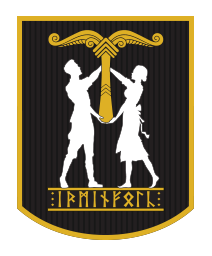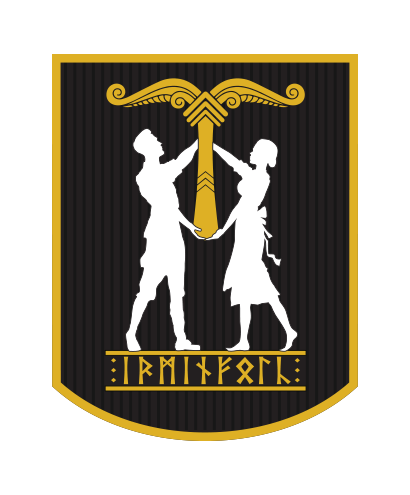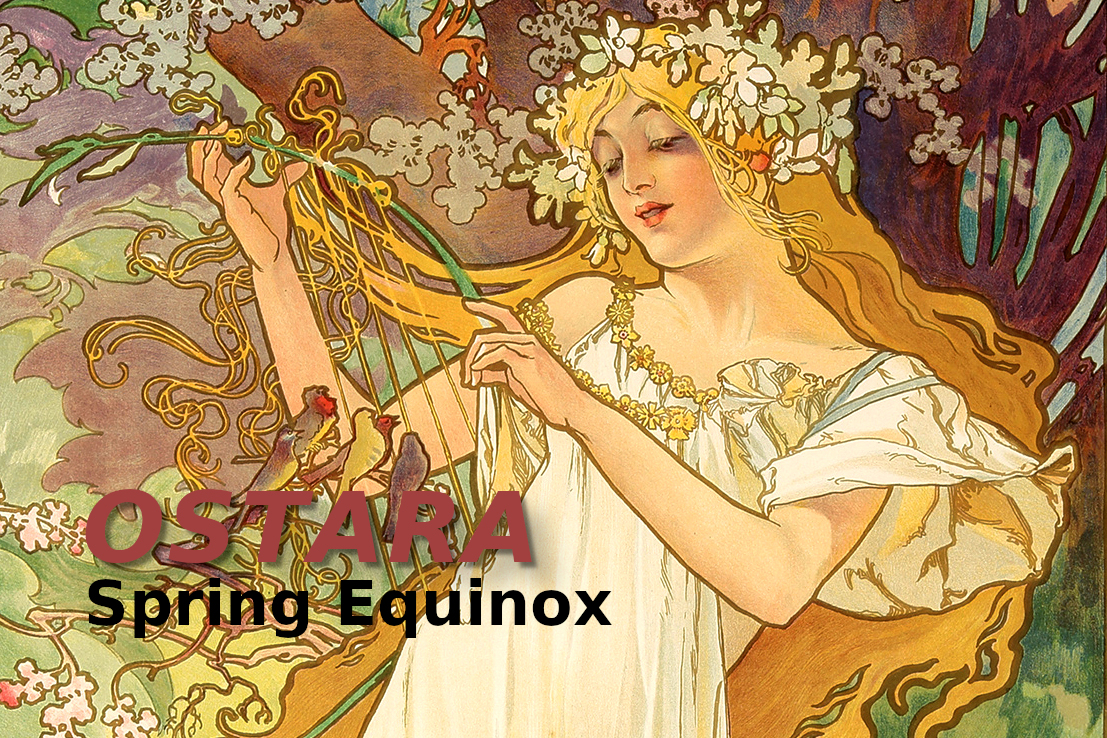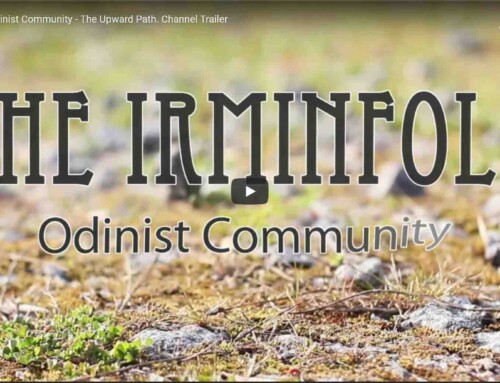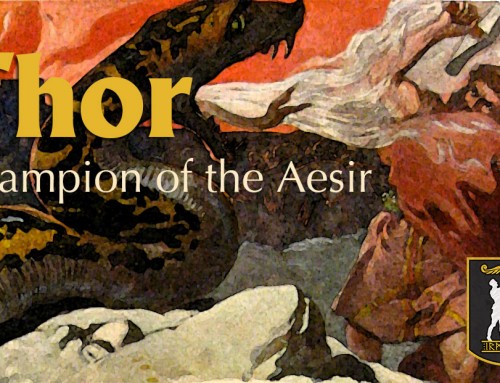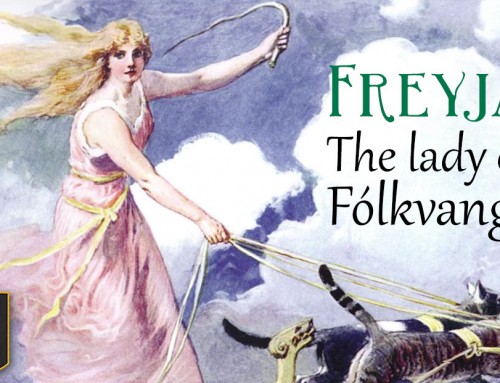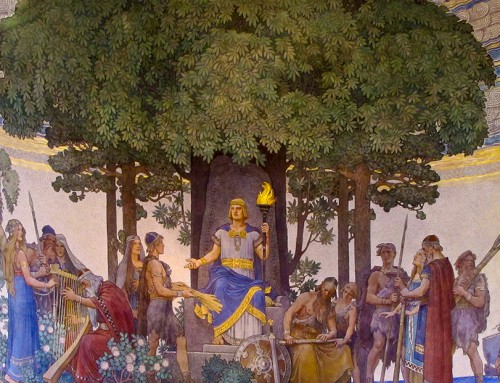Ostara
Spring Equinox
A post by Sonnewende via VK, March 18, 2021.
Translated from Russian by the Irminfolk
Ostara (OE Ēastre, OHG Ôstara) – according to mythologists, an ancient Germanic deity associated with the arrival of spring and the awakening of nature. The name Ostara, within the framework of this concept, was borne by the month of April in the Old English and Old Germanic traditions. Several researchers trace her to the common European goddess of the dawn. The name of Ostara is traditionally associated with the Germanic “dawn,” which goes back to the common Indo-European root “to shine, to glimmer.” Cognate with this imagery is the Greek Eos, the Roman Aurora, the Latvian Auseklis, and the Lithuanian Aušrin. A common German word meaning “east” was formed based on the same root, just like English ‘East,’ German ‘Ost,’ Dutch ‘Oost,’ Swedish ‘Öster’; to compare: Latin ‘auster’ or ‘south’ is considered to be of the exact origin. According to the Celtic beliefs, its awakening and the appearance of humans in the world finally established the reign of spring, driving away the winter cold. On the day of the equinox, day and night are in total balance and equal. It is the turning point, ending the long winter nights and giving rise to long sunny days. That is why Ostara is often referred to as the last line between winter and spring.
According to legend, when Ostara steps on the ground, primroses bloom under her feet, green grass breaks through, in a word, spring nature awakens. And next to Ostara, her constant companions are small forest animals (most often hares) and birds.
Ostara is the guardian of soil and life. She is a symbol of femininity, renewal, youth, and first love. Ostara helps all living things grow and develop. But this is just one of her faces.
Another face of the goddess is warlike. Ostara is hostile to everything inanimate and unreal, which only further emphasizes her life-affirming strength.

